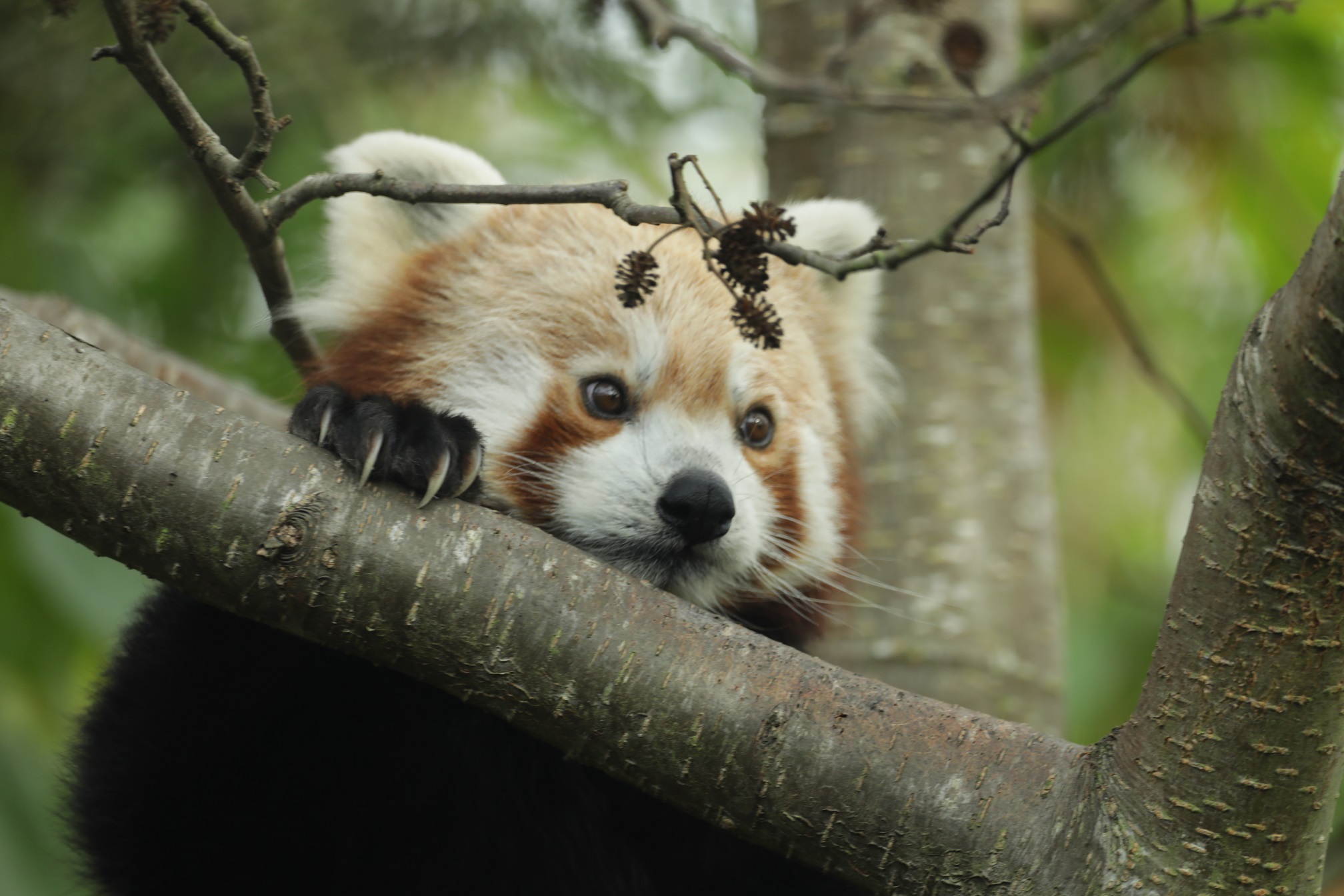Saving wild species
By 2030 RZSS will reverse the decline of at least 50 species – from pine hoverflies and wildcats in the Cairngorms National Park to giraffes in Uganda, giant anteaters in Brazil and many more.
/icas anteater 2.jpg)
Explore our conservation projects
Addax
Chad, Africa
Find out more
Asian elephant
Cambodia and Laos, Asia
Find out more
Bengal florican
Cambodia, Asia
Find out more
Biodiversity Action Plan
Highland Wildlife Park, Scotland
Find out more
Blood red longhorn beetle
Cairngorms National Park, Scotland
Find out more
Caracal
Turkmenistan
Find out more
Chimpanzee
Budongo Forest, Uganda
Find out more
Christy’s tree frog
Budongo Forest, Uganda
Find out more
